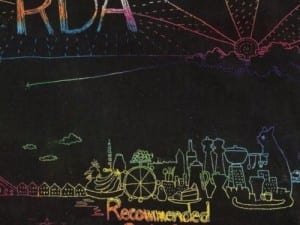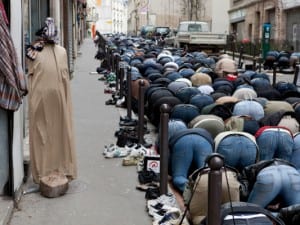Marc Camille Chaimowicz has finally opened his first solo show in an Italian public venue. Simultaneously in London’s Serpentine Gallery, another solo project, Autumn Lexicon, introduces Chaimowicz’s career offering a very condensed sample of his artistic vocabulary. The exhibition draws upon ideas of memory and place in a newly conceived installation that responds to the architecture, natural surroundings and history of the Serpentine which was converted from a 1930s park café to a gallery in 1970. Chaimowicz is re-staging the pioneering early work Enough Tiranny first presented at the Serpentine Gallery in 1972.
Showing a completely different expressive stride in Milan, the artist just opened an intimate exhibition on La Triennale’s first floor. An environment imprinted by the history and architecture of the Palazzo dell’Arte, works reveal a formal and emotive affinity with a specific historical avant-garde movement: the Metaphysical art and its artistic heirs. Inspired by Il Figliuol prodigo by Giorgio de Chirico (1973), Maybe Metafisica defines the art and science of designing and erecting building interiors by a visionary architect and his related physical features. Marc Camille Chaimowicz, representing a sort of a conceptual paradox, discharges the practice of an usual interior architect, where architecture means to offer or render professional services in connection with the design and construction of a building’s interior that has as its principal purpose human occupancy or use.
Maybe Metafisica appears, on the contrary, as a deconstructed space which has been created by boundaries and human interactions. Stairs, curtains, geometrical volumes and botanical elements represent a sort of initial design and plan for use, then later redesigned to accommodate a changed purpose, or a significantly revised design for adaptive reuse of the building shell. The domestic intimacy of reclining desks is juxtaposed with works of architectural inspiration such as the Arches (1975–2016) and the Two-Speed Staircase (1999–2016), giving rise to places pervaded by a dreamlike quality, sometimes physically inaccessible, as in We Chose Our Words With Care, That Neon-Moonlit Evening; It Was As If We Were, Party To A Wonderful Alchemy (1975–2008), a work that can only be viewed through holes in a curtain, or the mysterious Project For A Rural House (2003–2016).
By this ethereal selection of works, the curator Eva Fabbris explores the space between public and private, design and art, and includes painting, sculpture and photography with prototypes for everyday objects, furnishings and wallpapers, confirming Marc Camille Chaimowicz’s role as increasingly influential for younger generations of artists.
Project For A Rural House emancipates part of sustainable architecture practices, conserving resources through recycling a structure by adaptive redesign. Generally referred to as the spatial art of environmental design, form and practice, Chaimowicz’s modernist architecture is due to the process through which the interiors of buildings are designed, concerned with all aspects of the human uses of structural spaces. Confirming Chaimowicz as a pioneer in the multidisciplinary approach, ranging from decoration to painting and from installations to the construction of interiors.
In the show the intensification of the visual and conceptual confrontation between the random elements and the methods of representation that are associated to them creates a volumes game based on approximations and dizzying distancing, relativising the notion of point of view, of the place occupied by the observer. The question of proximity and distance emerges as associated to other relationships, like those that are established between the real and the virtual, the sublime and the abject, or between order and accident. More than being simple oppositions, in an intervention like It Was As If We Were, Party To A Wonderful Alchemy (1975–2008) these relationships seem to be seen as altered situations with a dialectic character, originating not only urban and social utopias and dystopias, but, more significantly, the extensive hypothetical transience we inhabit, located somewhere between those two extremes or poles of the same landscapes.
Ginevra Bria
Credits:
1. Installation shots from Marc Camille Chaimowicz: Maybe Metafisica. Courtesy of Ginevra Bria.



